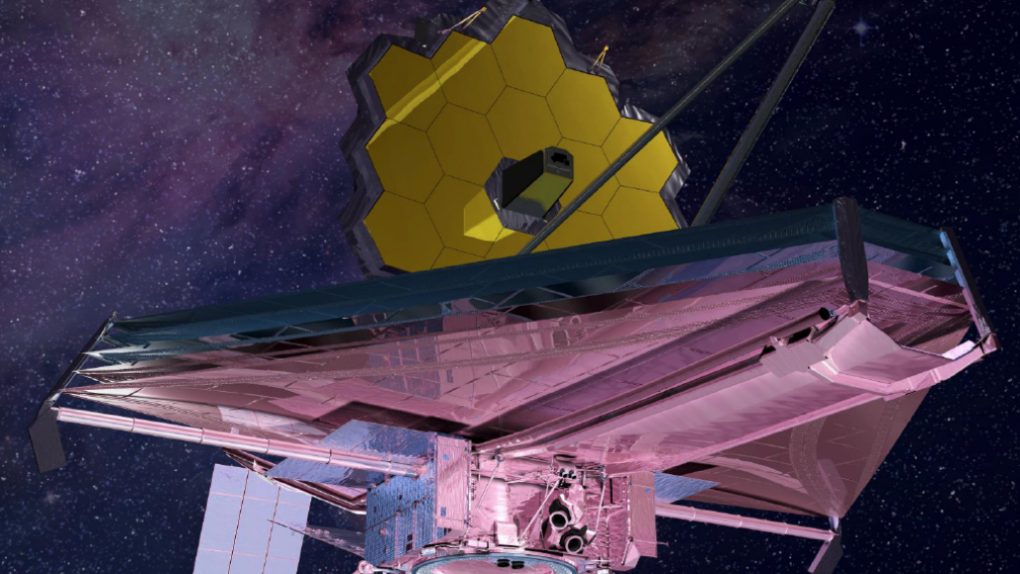If you’ve been following the development of the James Webb Space Telescope for any length of time you already know that the project is both incredibly late — it was supposed to launch in 2007 — and grossly over budget — the project was supposed to cost $500 million but has since ballooned to over $10 billion. You’ll also probably not be shocked to learn that the launch of the incredibly expensive instrument has been delayed yet again, and this time we don’t even know its new planned launch date.
As Ars Technica reports, the most recent launch date of October 31st, 2021, has since been modified. It will now launch no earlier than November or perhaps December, and if any additional delays pop up (which seems likely at this point), we probably won’t see the telescope take flight until 2022. What a total disaster.
The October 31, 2021 launch date was announced way back in July of 2020. It reflected the space agency’s adjustments in the wake of the coronavirus pandemic that severely derailed many of its projects. Late 2021, it was thought, would give both NASA and contractor Northrop Grumman enough time to complete the telescope, send it to the launch site, prepare it for launch, and ultimately send it skyward. It now seems that simply isn’t going to happen.
Speaking with reporters today, Beatriz Romero, who is in charge of launch services for the telescope, revealed that a “combination of different factors” had forced the delay of the launch that will carry James Webb into space. Additional details were given, including what those different factors are. According to Romero, transporting the telescope, preparing the launch site in French Guiana, and testing the Ariane 5 rocket that will carry the spacecraft all impacted the launch in one way or another.
It’s worth noting here that the telescope’s construction is complete and it’s essentially going through its last stages of preparation before it is sent to South America. That’s a relief, since contractor Northrop Grumman has repeatedly dropped the ball with regard to manufacturing the high-powered science tool and is largely responsible for the fact that the telescope is launching a decade and a half late and at a cost over 20 times the original budget.
One of the more interesting aspects of the launch preparations that may ultimately lead to a delay is the fact that vaccines are not readily available in French Guiana. This complicates the launch planning as it means that additional steps must be taken to ensure the safety of those that will participate in the launch in some way. NASA is keeping an eye on the Covid-19 situation in the region and there’s still the possibility that a spike in new infections may be enough to push back the launch even further.
We don’t yet know the new planned launch date but NASA expects to have an answer by late summer or early fall.








